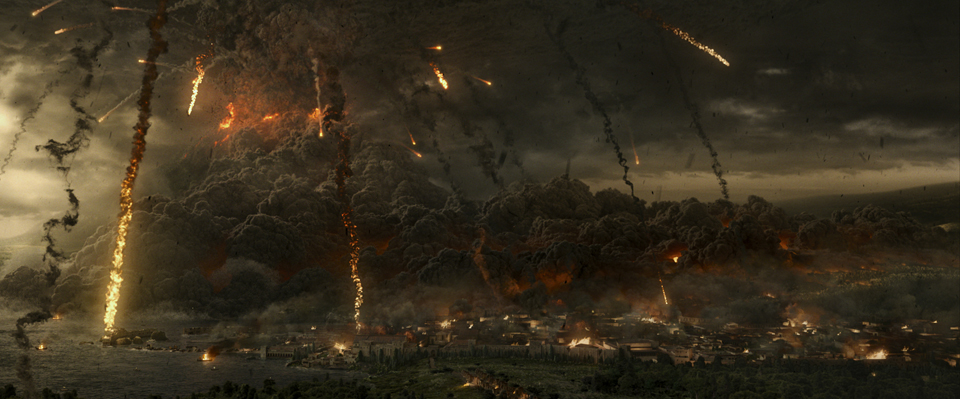For the film 'Ratatouille' they had a scene early on where the main character was swept through the sewers of Paris, plummeting down waterfalls and along steeply sloping tunnels. The film's water sequence was complex and was magnified by the interaction of camera and character animation with the water simulation. Before they could begin animating the cameras the fx team had to coarse low-resolution simulation of the entire length of the rapids for several hundred frames, doing this allowed the layout department to figure where the camera angles and animation would go. The simulations were done using there in house particle-based simulator, Splasht, and a surface mesh was extracted from the particles.
Because the rapids were so rough and violent it will require foamy white water surfaces for most of the shots. The effects were generated by fluid and particle simulations in the Autodesk software Maya, which was controlled by the result of the water surface simulation.
For the second film I researched in to the disaster film 'Pompeii' because of the smoke simulations they produced for the volcano. The film had big ambitions with a compressed timeline but they came out with good effects. Paul W.S. Anderson was the director of the film and Chris MacLean was the CG supervisor, they've done four films together including this one and Chris has also worked on films like Resident Evil, The Thing, and Carrie.
The VFX team mainly used Houdini to tackle this project, all the buildings and model assets were build with destruction compliance in mind. The destruction was done by the system Bullet and a combination of Voronoi and custom fracturing tools. And the explosions, smoke and fire simulations were all created with Pyro in Houdini. For the actual eruption of the volcano Christ used multiple instanced Pyro containers to get the resolution needed for the massive event. For the lava bombs the FX artists also used Pyro but clustered the containers to create the trails, and the lava rivulets were produced with Houdini's L System. The FX were all rendered in Mantra, so they had to mesh out the FX for many of the shots for proper lighting and shadow translation into their Maya/V-Ray pipeline.
The third film I researched in to was 'Harry Potter and the Order of the Phoenix', where the VFX was mainly constructed by Double Negative. As well as handling much on the exterior work for Hogwarts, Double Negative also created an extensive sequence set within the hidden Room of Requirement. This is one of my favourite scenes within the film because of the amount of detail that went into the visual effects due to the fact that when the students start producing the Patronus spell each person has their own animal within the spell. The Patronus spell was completely redesigned by Double Negative so that each student had their own unique version of the spell. Double Negative creature animators used Maya to produce the veritable menagerie of otters, dogs, hares and hourses, which weave their ways between the students in spirited fashion. The 3D creatures were used to generate particles coming out of them which then were used to create spiraling trails. The particle trail was then mapped with VFX shaders producing complex, coruscating patterns of light.



No comments:
Post a Comment